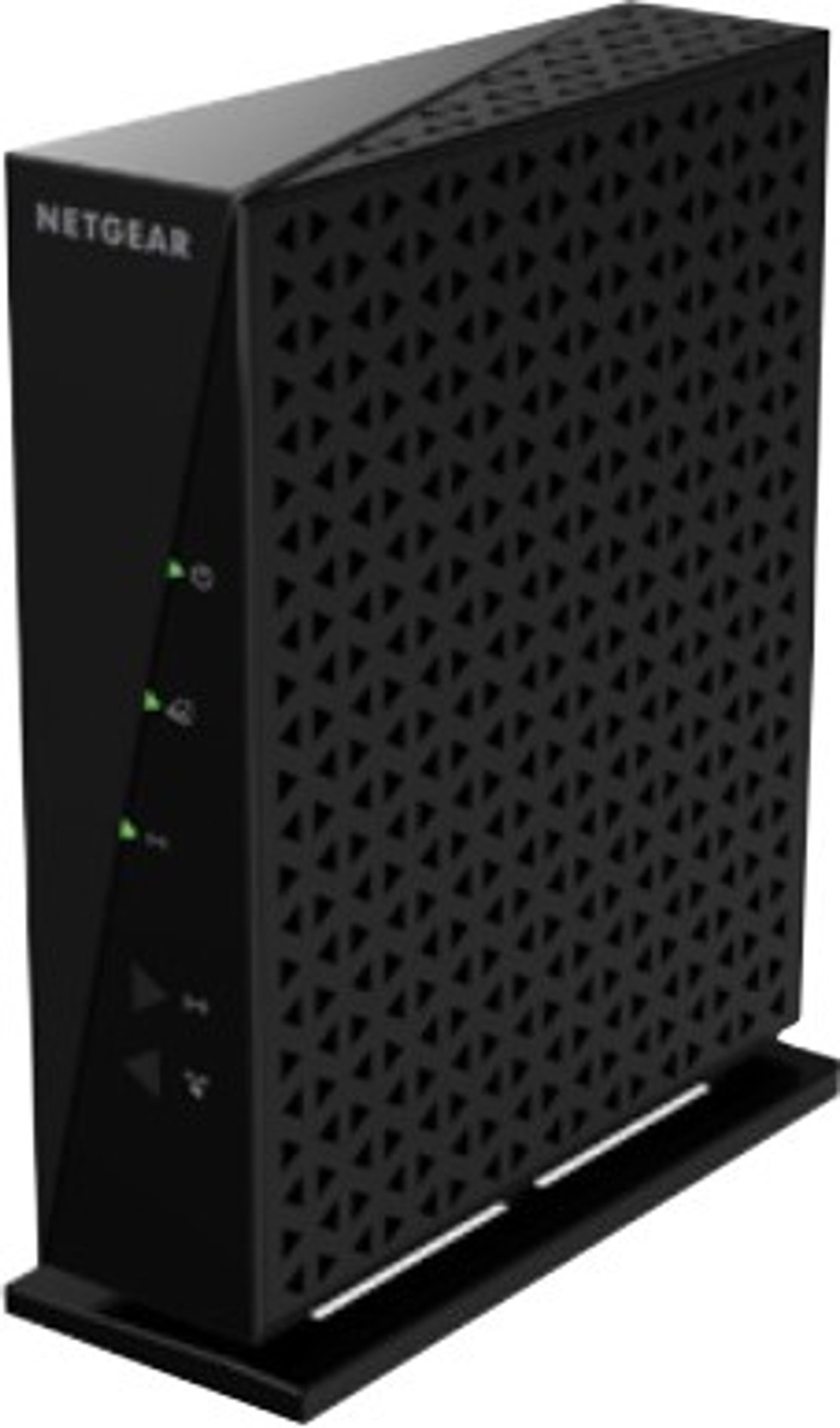

- #Router with modem vs router without modem how to#
- #Router with modem vs router without modem install#
- #Router with modem vs router without modem update#

It’s totally normal to need to do this every once in a while, but if you’re doing it every day, your router or modem may need to be repaired or replaced.A lot has changed since the early days of the internet, particularly when it comes to how we access and connect to it.
Reboot your router and modem: If your router or gateway regularly drops connections or can’t access the internet at all, turn it off or unplug it, wait 10 seconds, and then turn it back on (do the same with your modem, if you have a separate one). The default passwords for each are usually printed on a label on the bottom of the router, and changing both reduces the risk of someone hopping on your network and using your internet or changing the settings without your permission. #Router with modem vs router without modem install#
Change the default passwords: This means changing both the WPA2 or WPA3 passkey you use to connect new devices to the router and the administrative password you use to adjust settings and install firmware updates. #Router with modem vs router without modem update#
If your router hasn’t received a firmware update in more than a year or two, it may be time to consider a replacement.
#Router with modem vs router without modem how to#
Many recent routers install firmware updates automatically, but others don’t, so consult your router’s manual for instructions on how to check for updates and install them.
Update the firmware: New firmware updates can improve your router’s performance, add features, and, most important, fix security problems. Try not to stick them inside a desk, behind your computer monitor, or way back in a corner. Make sure to position it well: A standalone router or gateway should sit as close to the center of your home as possible and out in the open, but all routers and satellites should have as few obstructions around them as possible (especially metal ones). But these common troubleshooting and maintenance tips should help you keep your network running as smoothly and securely as possible. Routers are complicated pieces of technology, and we can’t tell you everything you’d need to know to fix every networking problem you might run into. Troubleshooting and maintaining your router or gateway If you want to know more about the way your router does its job, this summary of common networking terminology is a good place to start. You can add more satellites to the network later if you’re still unhappy with the coverage in certain parts of your home or if you move to a bigger place. Unlike traditional Wi-Fi extenders, which don’t coordinate with your router, these mesh Wi-Fi systems are developed to work together they make sure that each of your devices is connected to the router or satellite that provides the best, strongest signal. If you have a DSL or fiber internet connection, your ISP is likely to require you to use its provided modem, which usually serves as a gateway and router as well, and the situation is more complicated if you also get phone service from your ISP. Typically you can save $5 to $15 on your monthly internet bill if you use your own modem and router instead of the equipment your cable provider offers. But you might need to replace a router because you want better coverage, because you’ve added more devices to your network and your old router isn’t keeping up, or because you want to take advantage of the latest improvements in Wi-Fi technology, which can change more often than modem standards do. 
Modem technology changes slowly, and you can usually use a modem for years until it breaks.

You need the features of both a modem and a router, integrated or not, in order to have an internet connection for all of the devices in your home.įor people who have internet access provided by a cable company (and who don’t have gigabit or higher internet speeds), we recommend using a separate modem and router if possible. Often, your internet service provider will give you a device typically referred to as a gateway, a single box that serves as both modem and router, but these are still different technologies. A router is a box that lets all of your wired and wireless devices use that internet connection at once and allows them to talk to one another directly. A modem is a box that connects your home network to your internet service provider, or ISP. While both a modem and a router help your devices connect to the internet, they have separate (and complementary) functions.








 0 kommentar(er)
0 kommentar(er)
